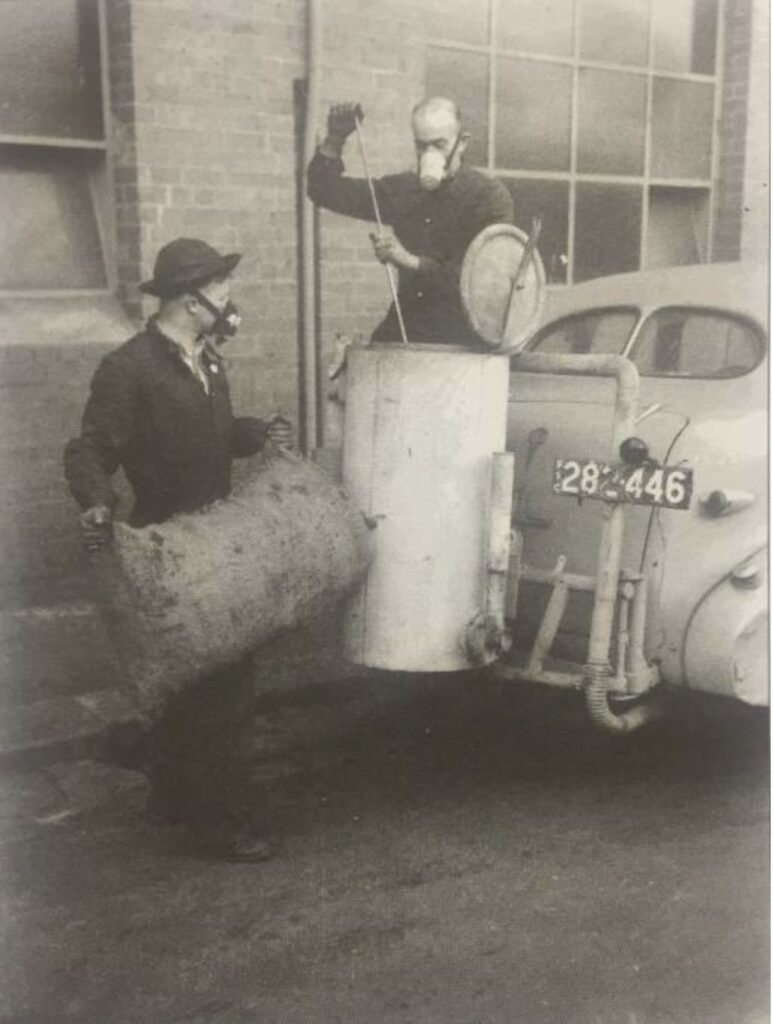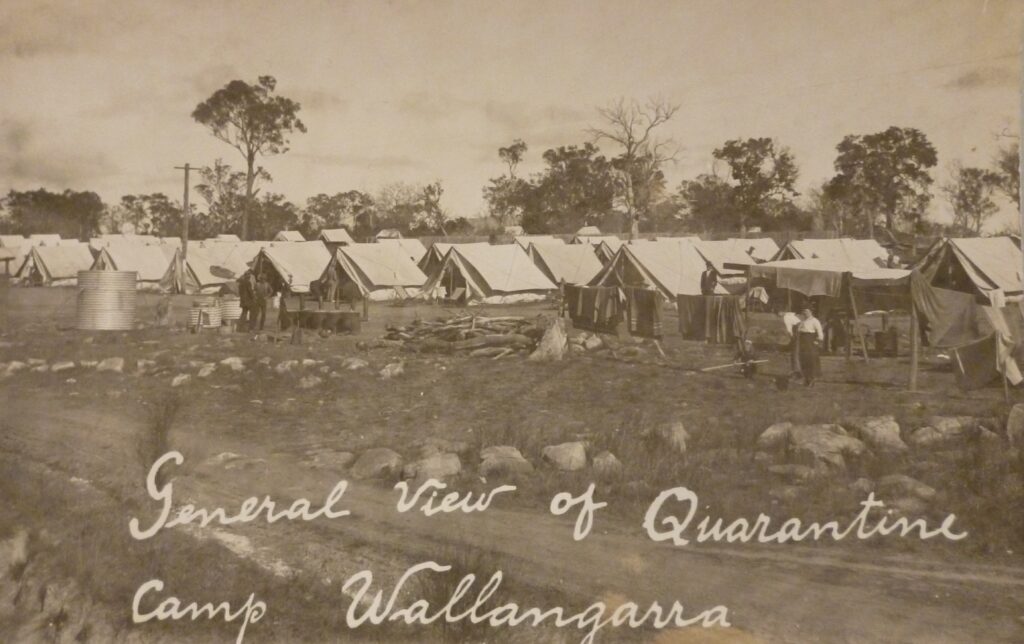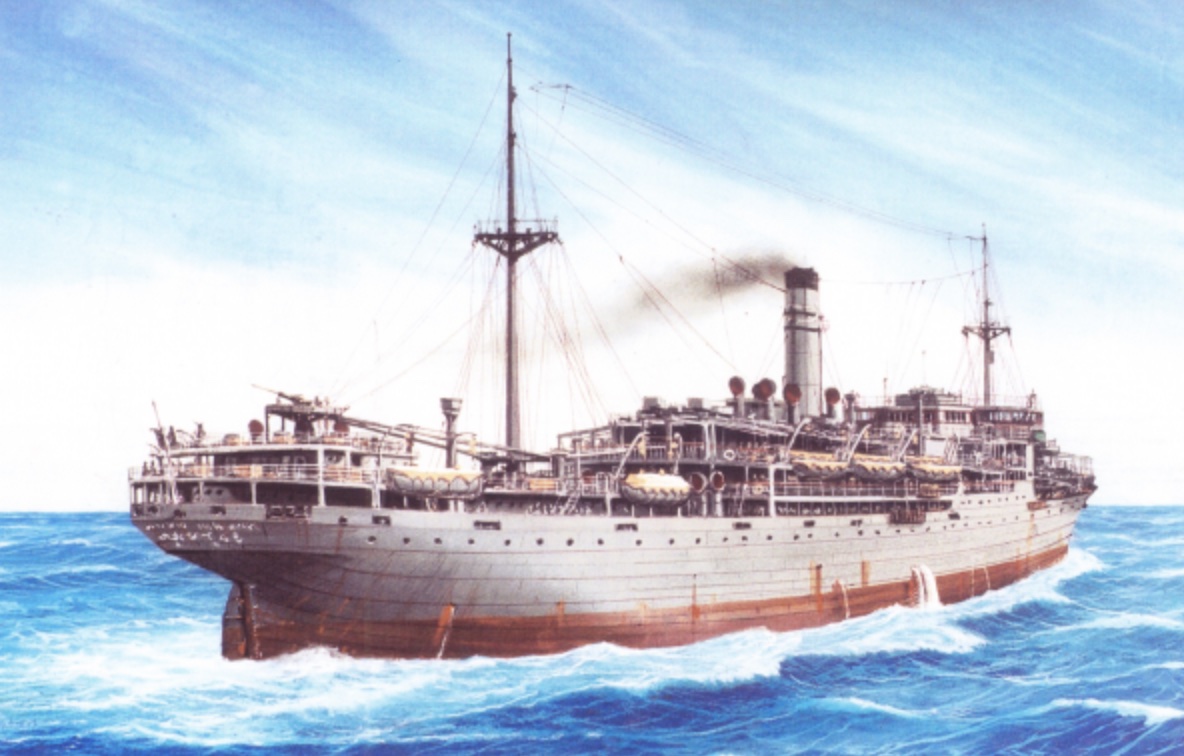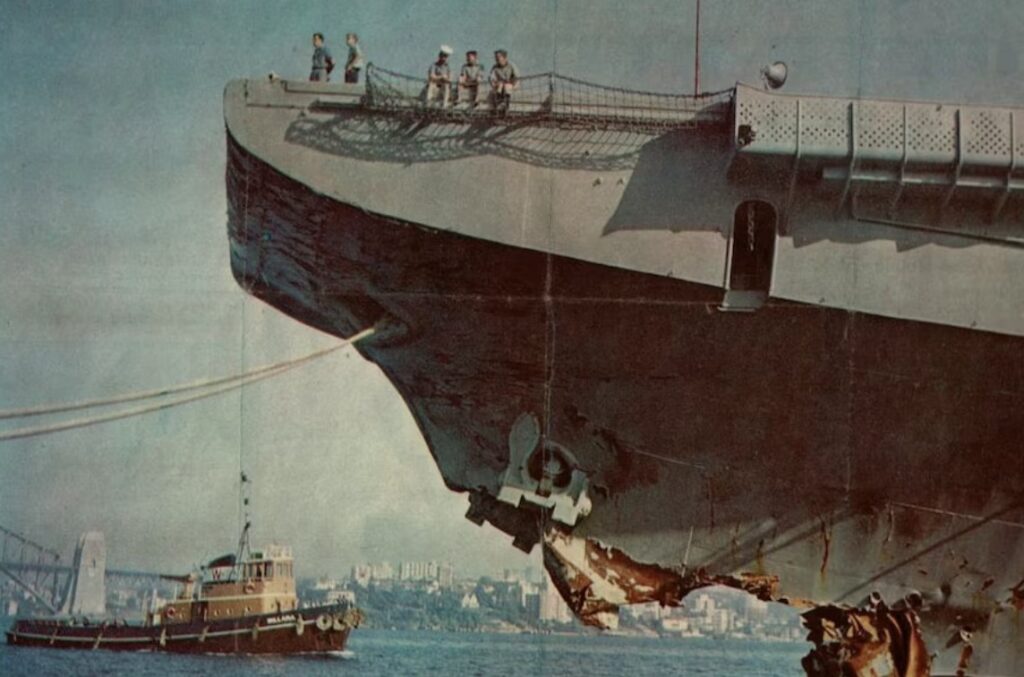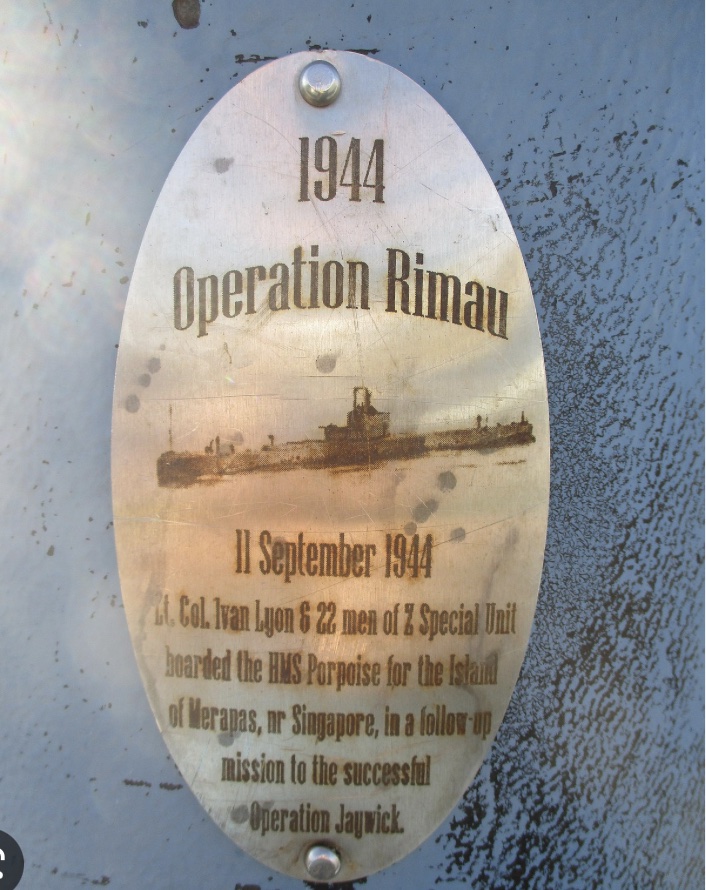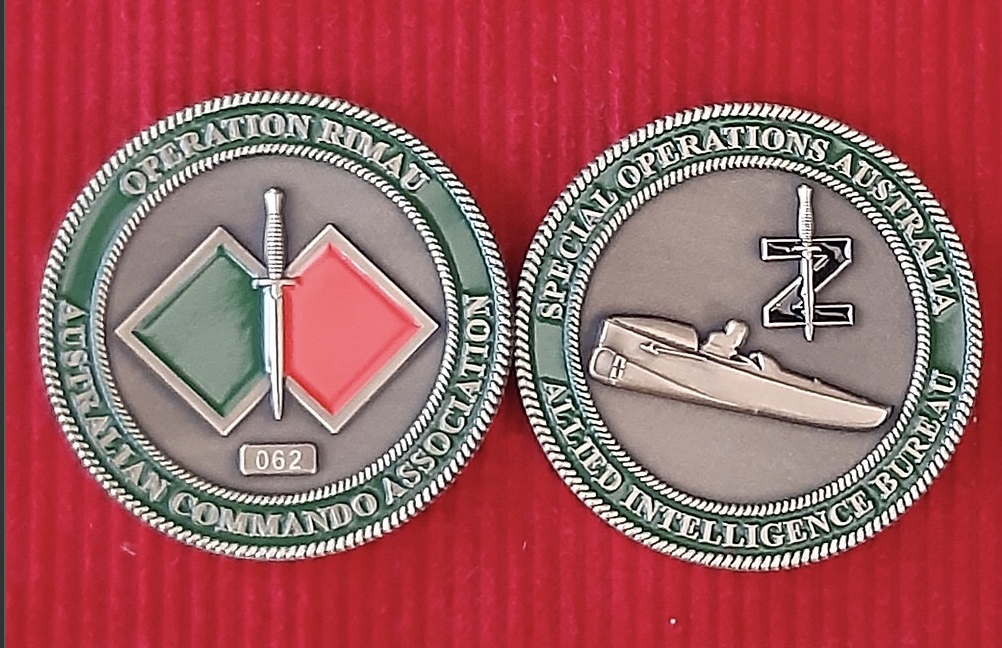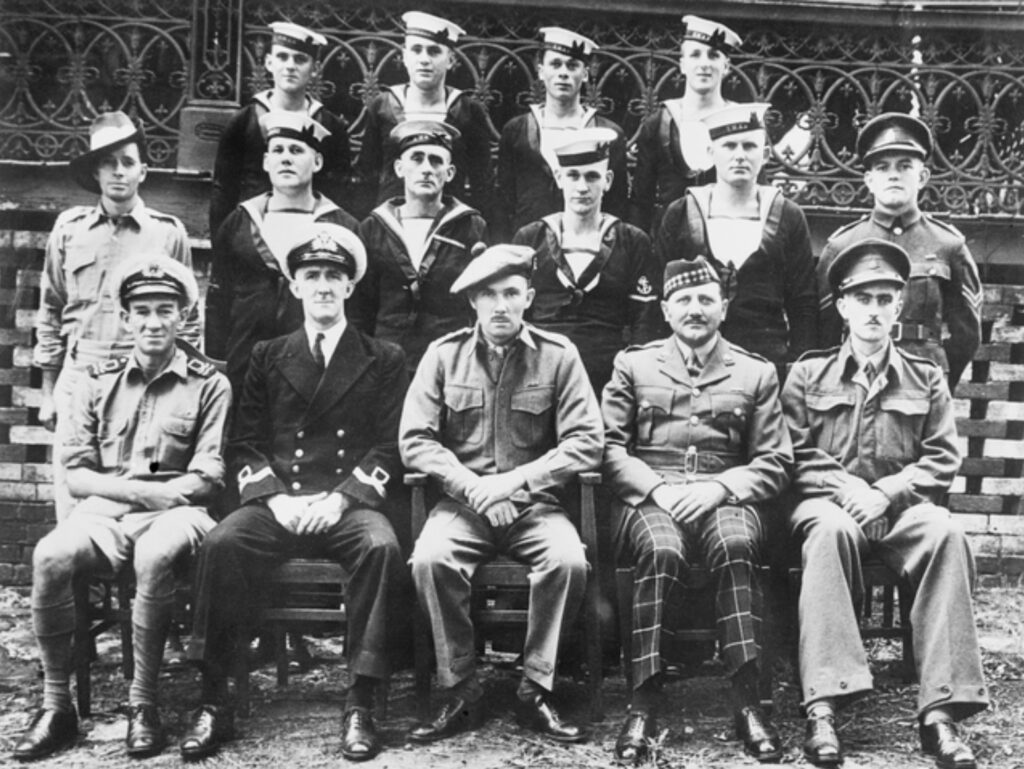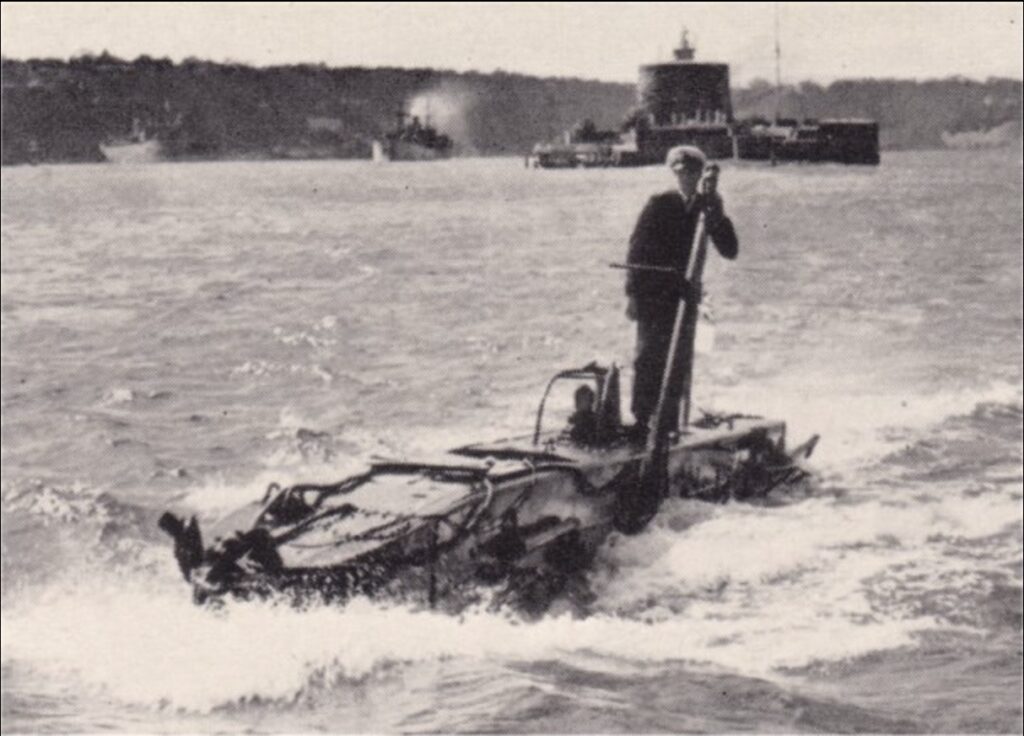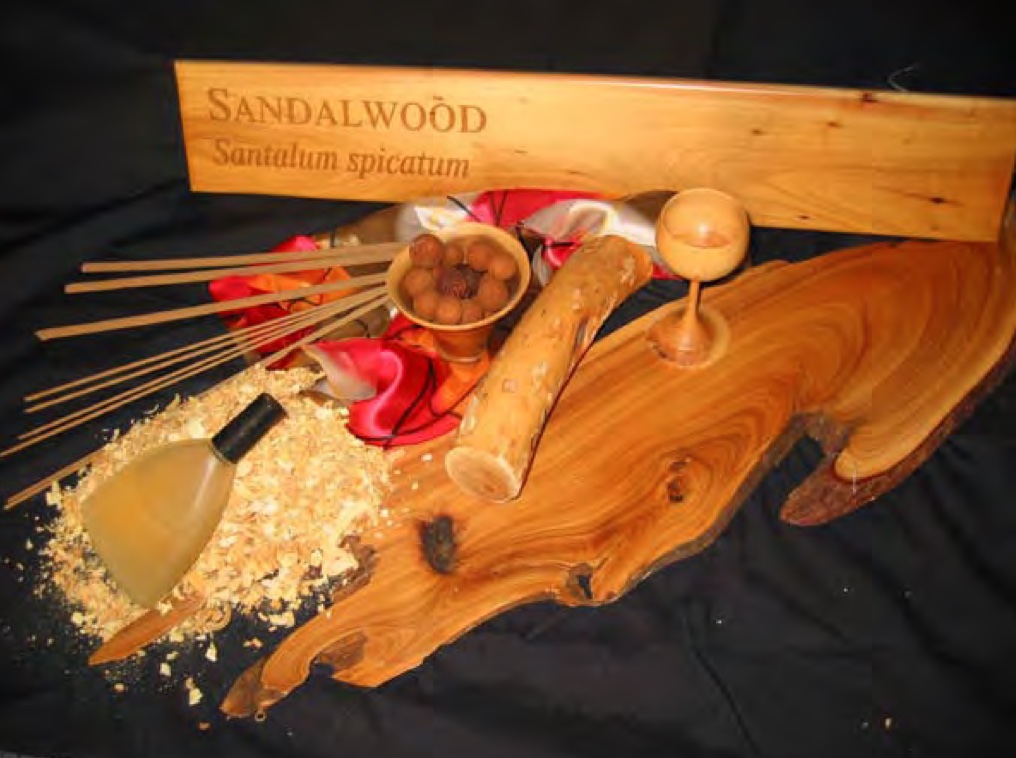Singapore
Z Special Unit Part 3 – the fate of the Jaywick and Rimau men
What happened to Bill Reynolds?
In Part 1, I provided details about Bill Reynolds’ heroic work rescuing civilians affected by the fall of Singapore aboard the Kofuku Maru, which was renamed as the Krait and played a pivotal role in the success of Operation Jaywick.
While Reynolds wasn’t part of Jaywick, he delivered the Krait to Australia and was going to captain the vessel on the daring raid to Singapore Harbour.… Read more
Z Special Unit Part 2 – Operation Rimau: the tragic sequel to Jaywick
While Operation Jaywick in its simplicity was a resounding success; Operation Rimau in its sophistication was an abysmal failure.
Brian Smith
Introduction
In just a few months, the Japanese managed to dismantle an empire in South East Asia the Europeans took centuries to build. The attack on Pearl Harbour in early December 1941 was preceded by the Japanese invasion of the Malay Peninsula, an hour before.… Read more
Z Special Unit Part 1 – Operation Jaywick, the remarkable mission behind enemy lines
Introduction
This month 80 years ago, a small, unassuming ex-Japanese fishing vessel was pivotal in an audacious and successful secret commando operation by a handful of courageous Australians against the mighty Japanese war machine during World War II. Its history and how it got into Australian hands is remarkable. So is the bravery of its crew.… Read more
The cable cutters
“I’ll put a girdle ‘round the earth in forty minutes”
William Shakespeare’s A Midsummer Night’s Dream
While travelling around the country, I came across yet another little-known wartime story which again highlights the heroics of Australians. This time it involves midget submarines and divers cutting underwater telegraph cables to thwart the Japanese communication efforts towards the end of World War II.… Read more
Wooden gold
Introduction
Sandalwood is a highly aromatic timber that has been harvested in Asia over centuries for many uses. The main one has been burning powder from the tree in joss sticks as incense and forms a significant part of religious ceremonies. In Australia, Aborigines had many cultural uses for sandalwood. Some species can be carved into delicate products such as inlaid boxes, ornaments and incense holders.… Read more
Even more war stories – how Australia came under attack from air raids during WWII
My previous war story blog provided details of the bombing of Darwin and the subsequent battles against the Japanese in the Coral Sea and Papua New Guinea.
After the bombing of Darwin on 19 February 1942, the Japanese carried out further air-borne attacks across northern Australia. In total, between March 1942 and November 1943, the Japanese flew 64 bombing/strafing raids on Darwin alone and 33 bombing/strafing raids on other targets in Northern Australia.… Read more
